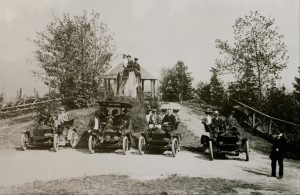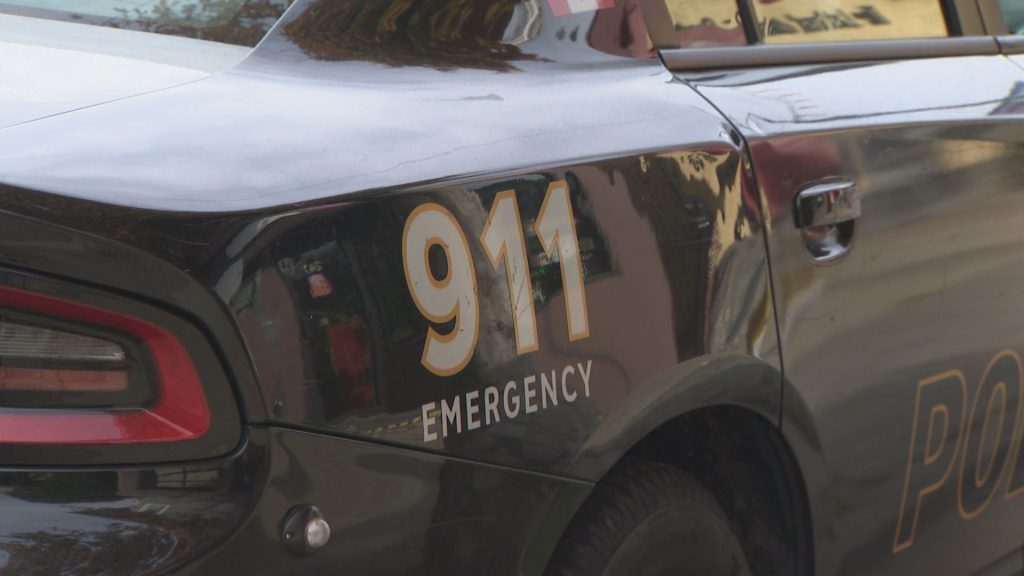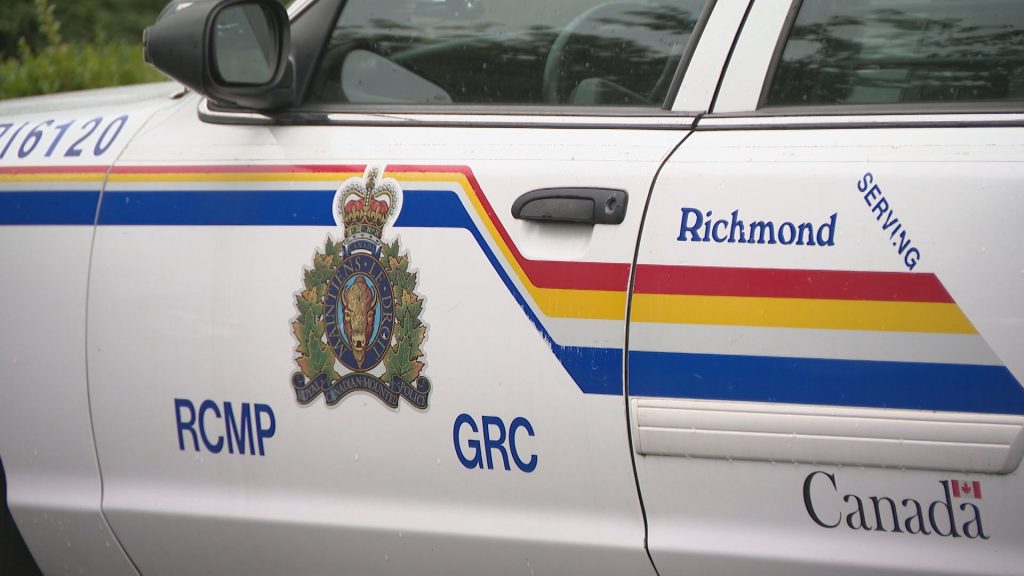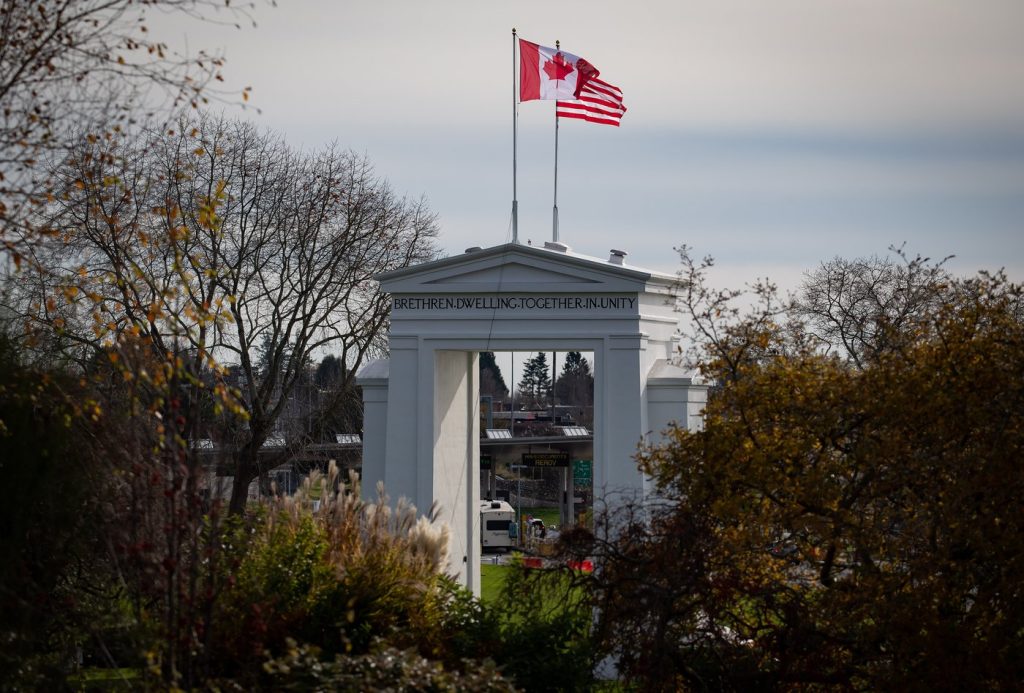Seeing the forest for the trees in Stanley Park with the help of a new book
Posted July 5, 2020 1:57 pm.
Last Updated October 18, 2021 11:54 am.
VANCOUVER (NEWS 1130) — Talk about seeing the forest for the trees. In Legacy of Trees: Purposeful Wandering Through Vancouver’s Stanley Park, author Nina Shoroplova argues the history of its trees is really a history of the park itself.
“Some of them are growing where they were planted, some of them are growing just from the seed that fell from the mother tree. It goes back to the early, early days of our park when the whole peninsula was still covered with trees.”
LISTEN: Legacy of Trees
Part-history and part-field guide, Shoroplova invites readers to take it with them on their own purposeful wanderings.
“I’d like to point out it’s also available as an e-book and some people will find that much more convenient than taking the actual book [with them]. It’s a gorgeous book [but] it’s not light!”
Shoroplova also hopes it gives visitors a great awareness of the riches within Stanley Park.
“There have been visitors who have come to Vancouver who, once they walk the Seawall, they think they know the park,” she says. “But the park is truly rich with gardens, with trails in the forest, with carvings, with plaques, with statues, and with the most glorious trees.”
An uneasy relationship with the automobile
The book also reveals Stanley Park had an uneasy relationship with the automobile long before the COVID-19 pandemic. For instance, in 1905, Shoroplova points out the Park Board received its first formal complaint of “horses taking flight” when confronted by cars, prompting the board to temporarily restrict automobile access to the park until “horses get accustomed to automobiles.”
“Originally, the access to the park was across a bridge and nothing more than foot traffic and wagons and so on actually went across. And then the wagons became much more elaborate and pulled by horses originally and then soon by motor,” she explains.

Cars at Prospect Point in Stanley Park in 1908 (Source: Heritage House Publishing)
“In a way, it’s somewhat similar to when, around the Seawall, initially, people on foot and people on bike were all mixing together and it became quite clear that something better needed to be sorted out so that the bicycles had their own route and the people on food had their own route.”
In June, the Park Board voted to partially reopen Stanley Park to vehicle traffic, after imposing a full out ban in April due to the pandemic. Changes include a much more pronounced bike lane along the roadways. Accessibility and parking have been the biggest concerns for those opposed to the traffic restrictions.
The tree that wouldn’t die
Perhaps the most famous of all the trees in Stanley Park is the Hollow Tree because “it connects us with our past,” says Shoroplova, who found generations of Vancouverites have posed in front of it.
“Some of the research that I did for this book was through the Vancouver City Archives. Clearly, when you look back at those photographs, you can see they took a long time to pose themselves. I’ve seen some truly gorgeous pictures of people around that Hollow Tree and it has always been hollow in our memory.”

Early settler Sam Brighouse (sporting a beard, mounted) with other Vancouver pioneers at the Hollow Tree in 1890. Brighouse was a Park Board commissioner in 1888 and 1889. (Source: Heritage House Publishing)
Shoroplova says for a tree that has long since been dead it refuses to die, at least in the public consciousness.
In 2014, a developer commissioned artist Douglas Coupland to sculpt a 43 foot golden replica of the tree. Today, the aptly-named Golden Tree greets Canada Line users at Marine Drive station.
The climate challenge
While Stanley Park has survived the Great Fire of 1886, Typhoon Freda in 1962, and a powerful windstorm of 2006, Shoroplova says climate change continues to pose a challenge to its long-term survival.
“Some trees manage extremely well when they sit in dry areas, other trees seem to manage a lot better in wetter soil. So, it’s going to be case of observing what is managing to flourish well with our changing climate. And this is going to be an ongoing event, not just in the park but also in our residential street trees.”
Look for Legacy of Trees: Purposeful Wandering Through Vancouver’s Stanley Park from Heritage House Publishing.
Today on @NEWS1130: Seeing the forest for the trees with the help of Nina Shoroplova, author of Legacy of Trees: Purposeful Wandering in Vancouver's Stanley Park. Part-history and part-field guide, it's available now from @HHPublishing. #1130bookshelf pic.twitter.com/2rdwAQD3Vq
— John Ackermann ???? (@jackermann) July 5, 2020








